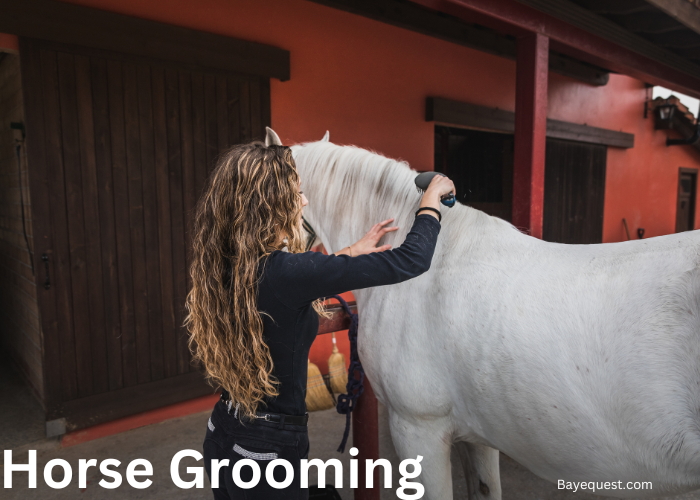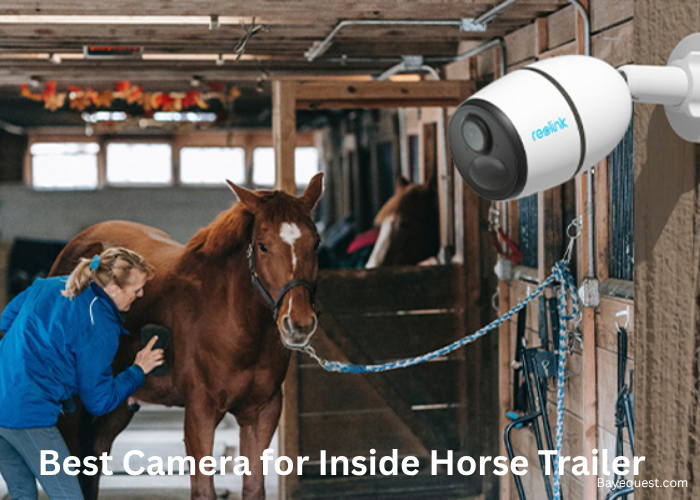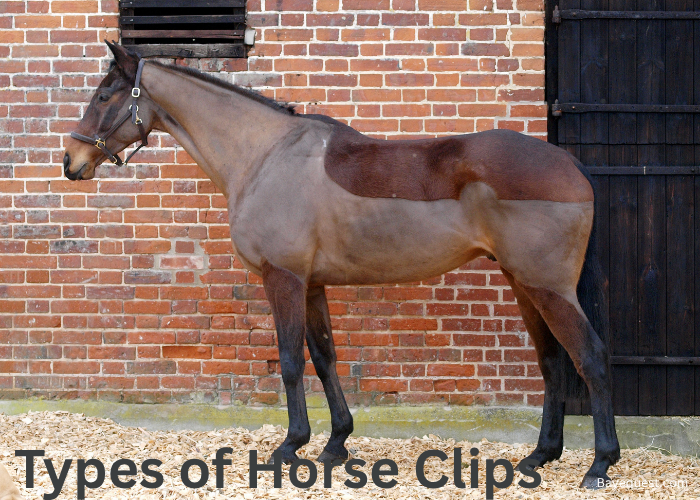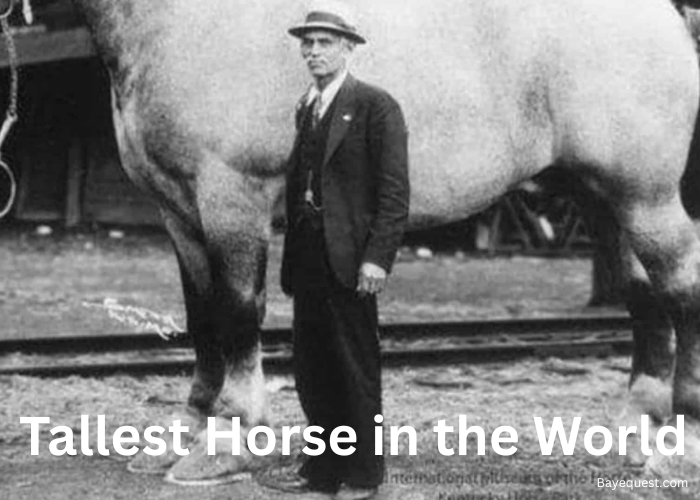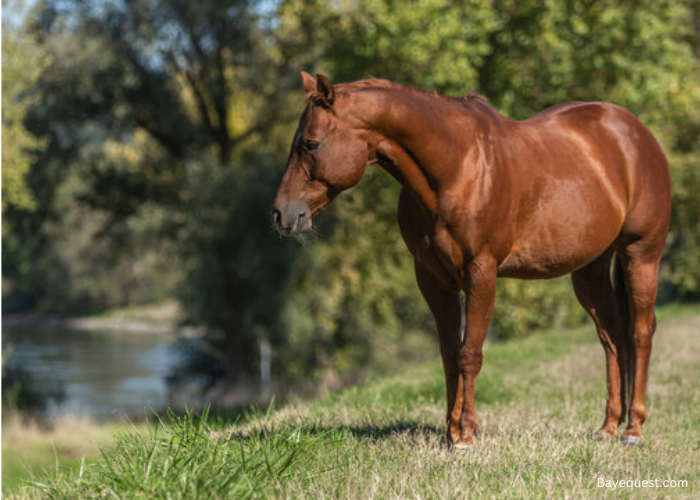A clean horse is a happy horse, and a healthy one too. Grooming isn’t just about looks.
It keeps skin fresh, hooves strong, and that coat shining like polished leather. It also gives you a chance to spot any cuts or swelling before they turn serious.
Even better, it builds trust between you and your horse. Whether you’re prepping for a ride or winding down after one, brushing, picking, and cleaning should be part of your daily routine.
So grab your grooming kit, because nothing beats the glow of a horse that’s cared for properly.
What is Horse Grooming?
Horse grooming is the process of cleaning and maintaining a horse’s coat, hooves, mane, and tail. It involves brushing, hoof care, bathing, and checking for injuries or skin issues.
Regular grooming helps keep the horse clean, improves circulation, and prevents infections.
It’s also a great way to bond with your horse and monitor its overall health. Grooming isn’t just about looks. It’s an essential part of horse care that ensures comfort, hygiene, and well-being.
How Often Should You Groom a Horse?
Ideally, you should groom your horse daily, especially if they are ridden or worked regularly.
A full grooming session helps keep their coat clean, distributes natural oils, and prevents skin issues.
At a minimum, horses should be groomed before and after riding to remove dirt, sweat, and debris that could cause discomfort.
For horses not in regular work, grooming 3-4 times a week is enough to check for cuts, infections, or hoof problems.
During shedding seasons, more frequent brushing helps remove loose hair and prevent matting.

Reasons for Grooming a Horse
Grooming is more than just brushing a horse’s coat. It’s an essential part of their care.
A clean horse is a healthy horse, and regular grooming helps prevent problems before they start.
Brushing removes dirt, sweat, and loose hair, keeping the coat fresh and free of irritation. It also stimulates blood flow, which promotes healthy skin and muscles.
Grooming is the perfect time to check for cuts, swelling, or signs of infection.
Hoof cleaning is just as important, preventing debris buildup and reducing the risk of lameness.
Beyond health benefits, grooming strengthens the bond between horse and handler.
Horses enjoy the attention, and a gentle grooming session can be a calming experience for both.
Whether preparing for a ride or simply spending time together, regular grooming keeps your horse comfortable, happy, and in top condition.
What Do You Need in a Horse Grooming Kit?
A well-stocked grooming kit makes caring for your horse easier and more effective. Here are the essential tools every horse owner should have:
Curry comb – Loosens dirt, hair, and stimulates the skin.
Stiff brush (Dandy brush) – Removes mud, dirt, and debris from the coat.
Soft brush – Used for the face and sensitive areas.
Mane and tail comb – Helps detangle without breaking hair.
Hoof pick – Removes dirt, stones, and debris from hooves.
Sponge or cloth – Cleans eyes, nostrils, and under the tail.
Sweat scraper – Removes excess water after bathing.
Shedding blade (Optional) – Helps remove loose hair during shedding seasons.
Hoof oil and conditioner – This keeps hooves moisturized and prevents cracking.
How to Groom a Horse Step by Step
Grooming a horse isn’t just about keeping them clean. It’s also a routine that keeps them healthy and comfortable.
Ready to give your horse the care they deserve? Let’s go through the essential steps for a proper grooming routine.
Step 1: Tie up your horse
Before you start grooming, secure your horse to keep them calm and still.
Use a halter and lead rope, and tie them to a sturdy post or hitching rail using a quick-release knot. If your horse is fidgety, cross ties can help keep them steady.
Make sure the tying area is safe and free of distractions. Avoid tying them too high or too tight.
Your horse should be able to move their head comfortably but not wander. A properly secured horse ensures a smooth and safe grooming session for both of you.
Step 2: Loosen hair and dirt with a curry comb
Start by using a curry comb to loosen dirt, sweat, and loose hair from your horse’s coat.
Use gentle, circular motions, working from the neck down to the hindquarters. This helps bring dirt to the surface and stimulates blood circulation.
Avoid sensitive areas like the face and lower legs, as the curry comb may be too harsh. For these areas, use a soft brush instead.
Taking your time with this step ensures the coat stays clean and healthy while giving your horse a nice massage.
Step 3: Remove hair with a dandy brush
Once the dirt and loose hair are lifted by the curry comb, use a dandy brush (stiff-bristled brush) to sweep it away.
Brush in short, firm strokes in the direction of hair growth, focusing on the body, legs, and flanks.
This step helps remove mud, dust, and debris that the curry comb loosened.
Avoid using the dandy brush on the face or sensitive areas, as the stiff bristles may be too harsh.
A good brushing leaves your horse’s coat cleaner and shinier, preparing it for the next steps of grooming.
Step 4: Smooth and clean with a soft brush
After using the dandy brush, switch to a soft brush to remove any remaining dust and fine particles.
This brush has gentler bristles, making it perfect for delicate areas like the face, ears, and legs.
Brush in long, smooth strokes, following the direction of hair growth.
This step enhances the shine of the coat by spreading natural oils and giving your horse a polished, healthy look.
A soft brush also provides a soothing experience, helping your horse relax while you finish up the coat cleaning.
Step 5: Clean the face
A horse’s face is sensitive, so it requires gentle care. Use a soft brush or a damp sponge to remove dirt, dust, and sweat from the forehead, cheeks, and muzzle.
Be extra careful around the eyes, nostrils, and mouth, as these areas can easily get irritated.
For eyes and nostrils, use a separate, clean sponge or soft cloth to wipe away any discharge.
Avoid using the same cloth for different areas to prevent the spread of bacteria.
Keeping the face clean ensures your horse stays comfortable and free from irritation.
Step 6: Clean the sensitive spots
Some areas need extra attention during grooming, especially the dock, belly, and between the legs.
Use a damp sponge or soft cloth to gently wipe these areas, removing dirt and sweat buildup.
For the dock and under the tail, use a separate cloth to prevent bacteria from spreading.
The belly and girth area should also be checked for dirt or sores, as these spots can easily get irritated from sweat and tack.
Being thorough but gentle ensures your horse stays comfortable and prevents skin infections in these delicate areas.
Step 7: Brush out mane and tail
A well-groomed mane and tail not only look beautiful but also help keep your horse comfortable.
Start by gently finger-combing through the hair to remove knots before using a mane and tail brush or wide-toothed comb.
Work from the bottom up, detangling small sections at a time to prevent hair breakage. If the hair is tangled, use a detangling spray or conditioner to make brushing easier.
Be patient and gentle, especially with the tail, as your horse uses it to swat away flies, so keeping it full and healthy is important.
See also: How to Choose the Right Horse Mane Style.
Step 8: Clean the hooves
Hoof care is essential for keeping your horse sound and healthy. Use a hoof pick to remove dirt, mud, and small stones from each hoof.
Start at the heel and work your way forward, being careful around the frog (the soft, V-shaped part in the center).
Check for hoof cracks, bruises, or signs of infection while cleaning. If the hooves are dry or brittle, apply a hoof conditioner to keep them moisturized.
Regular hoof cleaning prevents infections like thrush and ensures your horse moves comfortably.
Step 9: Apply a fly spray or sunscreen
Once your horse is clean, protect them from flies, insects, and sunburn. Spray a fly repellent over the body, avoiding the eyes and nostrils.
Use a cloth or sponge to apply it to the face and ears safely.
If your horse has a light-colored coat or pink skin, apply horse-safe sunscreen to sensitive areas like the nose and around the eyes.
This helps prevent sunburn and skin damage, especially in hot weather. Keeping your horse protected ensures their comfort and health throughout the day.
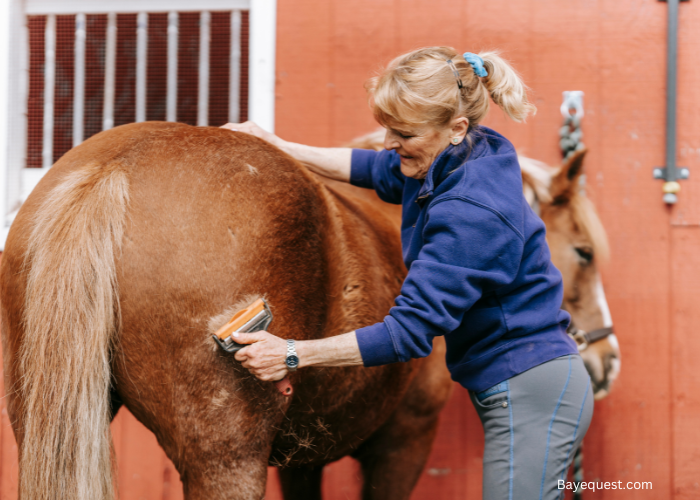
Tips for an Effective Horse Grooming Routine
Be consistent
Groom your horse regularly to keep their coat, skin, and hooves in top condition. Daily grooming is best, but at least a few times a week is essential.
Use the right tools
A well-stocked grooming kit makes the job easier. Keep your curry comb, brushes, hoof pick, and sponges clean and in good shape.
Groom before and after riding
Brushing before a ride removes dirt that could cause irritation under the saddle. Grooming after helps cool down the horse and check for any injuries.
Work in the right order
Start with a curry comb to loosen dirt, then use a stiff brush, soft brush, and finally clean the hooves. This method ensures the best results.
Be gentle on sensitive areas
Use a soft brush or damp sponge for the face, belly, and under the tail. Avoid excessive pressure, as some horses have more sensitive skin.
Check for injuries
Grooming is the perfect time to inspect for cuts, swelling, or skin conditions. Address any issues immediately to prevent infections.
Use detanglers for the mane and tail
Spraying a detangler before brushing prevents breakage and makes combing easier. Start from the bottom and work your way up.
Keep hooves clean and healthy
Regularly pick out dirt and stones to prevent infections. Apply hoof conditioner if the hooves are dry or cracking.
Adjust for the seasons
In winter, focus more on brushing and avoid overbathing. In summer, use fly spray and sunscreen to protect your horse.
What to Avoid When Grooming a Horse
Grooming is essential, but certain mistakes can make it uncomfortable or even harmful for your horse. Here’s what to avoid:
Using the wrong brushes on sensitive areas. A stiff brush is too harsh for the face, legs, and belly. Use a soft brush or sponge instead.
Brushing too hard. Applying too much pressure, especially with a curry comb, can make your horse uncomfortable or even cause pain.
Ignoring hoof care. Neglecting the hooves can lead to stone bruises, thrush, or infections. Pick out hooves regularly to keep them clean and healthy.
Forgetting to check for injuries. Grooming is the best time to spot cuts, swelling, or skin conditions. Always check the legs, girth area, and under the tail.
Using dirty brushes and tools. A dirty brush spreads dust and bacteria. Clean your grooming tools regularly to keep your horse’s coat healthy.
Neglecting the mane and tail. Brushing too aggressively can break the hair. Always use a detangler and work through knots gently from the bottom up.
Overbathing your horse. Frequent bathing strips natural oils from the coat. Instead, rely on brushing and spot-cleaning to keep your horse fresh.
Applying fly spray near the eyes and nostrils. Spraying too close to the face can cause irritation. Instead, spray onto a cloth and gently wipe the sensitive areas.
Rushing through grooming. Grooming isn’t just about cleanliness. It’s also a bonding experience. Take your time, be patient, and make it enjoyable for your horse.
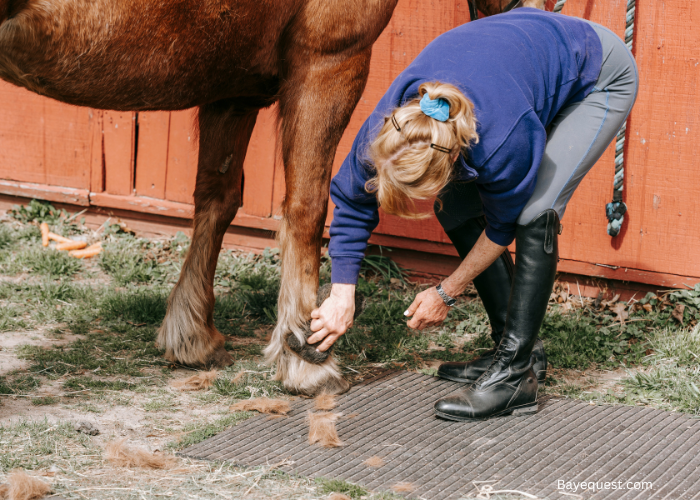
How to Groom Horses: FAQs
Why does grooming improve horse coat?
Grooming removes dirt, sweat, and loose hair, keeping the coat clean and healthy. Brushing stimulates blood flow, which promotes hair growth and distributes natural oils. Regular grooming also prevents skin issues like dryness and irritation.
How long does it take to groom a horse properly?
A full grooming session takes 20 to 30 minutes, depending on the horse’s condition. If you’re grooming before or after riding, a quick 10 to 15-minute routine is usually enough to remove dirt, check hooves, and ensure comfort.
Can I use human shampoo on my horse?
No, human shampoo is too harsh for a horse’s skin. Horses have a different pH balance, and using human shampoo can strip natural oils and cause dryness or irritation. It’s best to use horse-specific shampoos designed to clean without damaging their coat.
Horse Grooming: Conclusion
A well-groomed horse is cleaner, healthier, happier, and more comfortable. Regular grooming keeps their coat shiny, their skin free from irritation, and their hooves in top shape.
It’s also the perfect time to bond, check for injuries, and ensure your horse feels their best.
With the right tools and a little patience, grooming becomes more than a chore.
Whether you’re preparing for a ride or simply caring for your horse, consistency makes all the difference.
Take the time to groom, and your horse will look good, feel great, and trust you even more.




